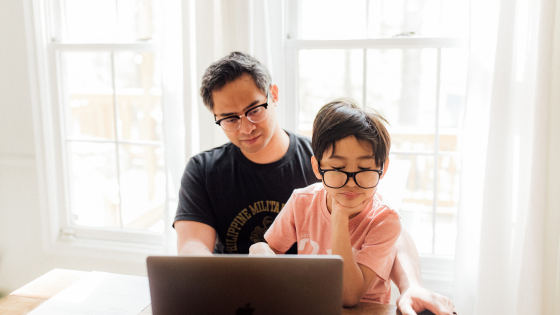With the unexpected extension of the global pandemic and the never-ending series of lockdowns, the entire world seems to be irrevocably changed, and the education system isn’t exempt. With teachers and parents struggling to balance work with everyday life, comprehensive remote learning resources are more important than ever. Despite the initial cons and ill-preparation, as time has progressed, so has the quality of online learning.
Here are a few reasons why it may be here to stay:
Flexibility and Accessibility
Although schools may be restricted due to timetabling, remote learning resources such as CoreSciences allows students to learn at their own pace with unlimited attempts at hands-on science practicals at their disposal. Unlike traditional teaching, if a student feels like they have misunderstood a topic or are falling behind, they can simply log in and revisit the areas that need consolidating. Not to mention that this can be achieved from anywhere and not just within the confines of a school environment.
Cost and Time Effective
Homeschooling means less time and money spent on commuting or rushing to the next lesson on time. It also means less money is spent on costly lab equipment. With the vast improvements of online simulations, subjects such as GCSE science can utilise virtual lab simulations to perform required practicals – a much safer and cost-effective alternative to actual lab experiments. Less time and energy is also required from teachers for classroom preparation before their next lesson, and in monitoring student progress.
Technology is the Future
With a greater dependency on technology and AI in our world, it is interesting to note that by 2028 some are predicting that learning technology may go as far as to replace teachers in some settings, and even schools that fail to adapt. One theory suggests that personalised learning algorithms and basic AI automation will simply outperform the limitations of human teaching alone; effective 1-1 tuition for each individual student in a class of thirty at a time will be more easily catered for. However, at present, this begs the question: can distance learning replace traditional classes? Although most commonly held views suggest nothing could truly replace actual human interaction, for now at least, there are many aspects of remote learning that can certainly be implemented alongside traditional learning, and in many cases this is already happening. A blended learning approach is a very effective strategy for the present and near future, before we succumb further to an AI driven world.

